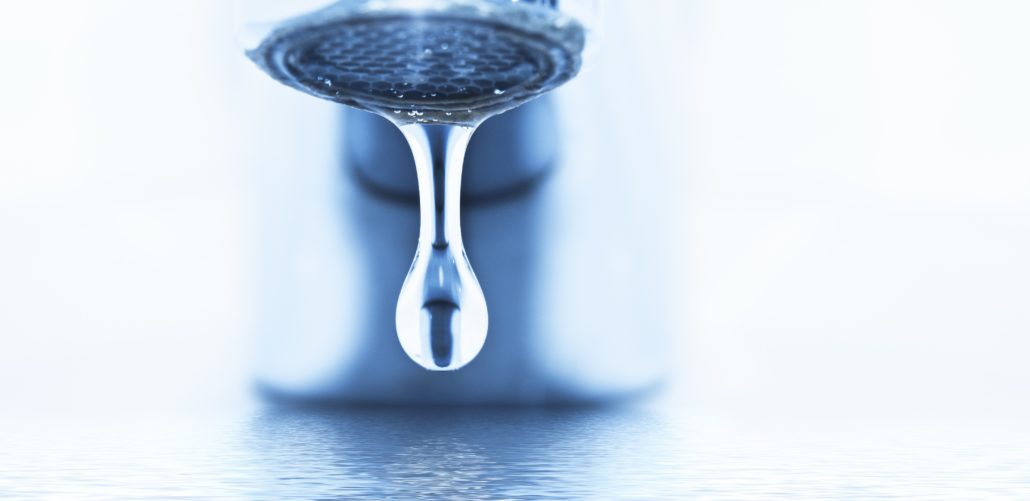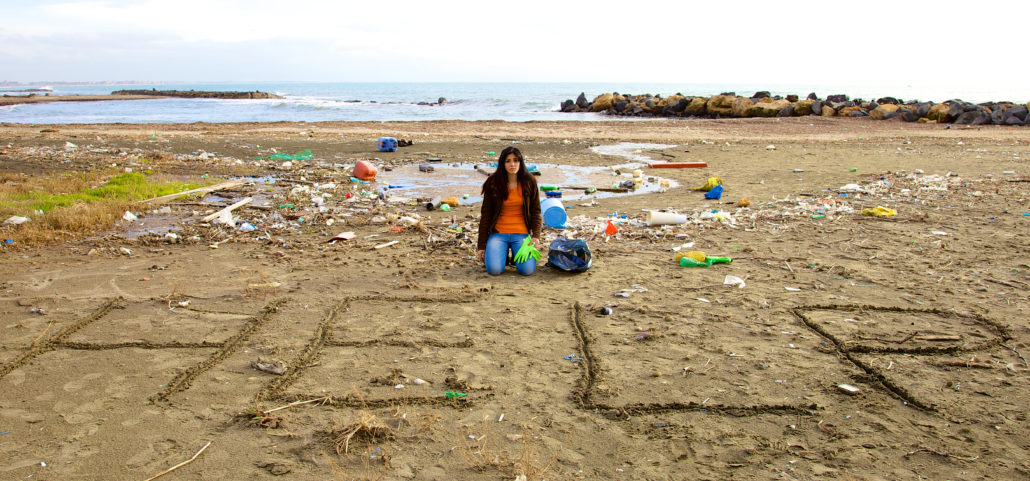
Pure water drop
Spring has arrived and is inviting us to connect with Mother Nature to reflect on the greatness of its creation. During this month, activists and organizations around the world have been inspired by one of the most precious vital-elements offered by Mother Nature: Water.
During this month, national and international campaigns are creating awareness of the importance of water and its impact on economic development, food and energy security, human health and the environment. Here I share some of their recommendations:
WATER PROTECTION
The National Groundwater Association estimates that 44 percent of the US population depends on groundwater for its drinking water supply. The first step toward protecting groundwater is to become aware of how it can be contaminated. The second step is to do your part to keep from contaminating groundwater. Here I give you some suggestions:
- Properly store hazardous household substances like paints, paint thinners, petroleum products, fertilizers, herbicides, insecticides and cleaning products.
- Do not mix hazardous chemicals for home use on the road, where they can be absorbed on the ground.
- Eliminate toxic substances home use in specialized collection centers.
- Do not dump hazardous household waste down the drain or toilet.
- Be very careful not to overuse pesticides and fertilizers.
- Do not throw cigarette butts down the toilet.
- Do not throw medicines or pills down the toilet.
- Do not throw garbage into rivers, lakes or oceans. Help clean up any trash you see on the beaches or in rivers and lakes.
WATER CONSERVATION
According to the Environmental Protection Agency, nearly three-quarters of water used inside our home occurs in the bathroom, with 41% used for toilet flushing and 33% for bathing. The rest of indoor water use is divided between clothes washing and kitchen use, including dish-washing. Moreover, household leaks can waste more than 1 trillion gallons of water per year across the country, so it is important to immediately fix any leak you make have in your home. You can take the following actions to save water waste:
- Retrofit household faucets by installing aerators with flow restrictions
- Install toilets with low water consumption labeled WaterSense.
- Repair leaky faucets; one drop per second wastes 2,700 gallons per year
- Operate the clothes washers only when full, or set the water level to match the load size.
- Check your irrigation system, a leak in the water system can waste about 6,300 gallons of water per month.
- Use rain barrel water collected to irrigate your garden.
In this month of water awareness, I want to leave a message of reflection and an invitation to care for and preserve this valuable natural resource. Share this message with friends and family, so together we can create a sustainable future, ensuring the existence and quality of this precious liquid.
“Remember: All the water, we waste or pollute today might be need it tomorrow”
By: María M. Hernández, Líder en Energía y Diseño Ambiental (LEED AP)
Ciudad Weston Newspaper



